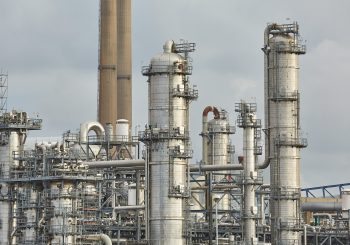Defining the Fatal Four
Aug 24, 2019
Construction work remains one of the most common career paths both in Houston and throughout the rest of the U.S. Indeed, according to information compiled and shared by the Centers for Disease Control and Prevention, 10.3 million Americans were employed in the construction industry as of 2016. Yet despite its popularity, construction work also ranks among the most dangerous professions. The responsibility to protect employees from workplace injuries falls to the companies and contractors that employ construction workers. One might argue that to be a realistic expectation in the construction industry, given that most serious construction accidents can be traced back to a relatively few causes.
The Occupational Safety and Health Administration reports that nearly 60 percent of all fatalities in the construction industry are due to the same four factors. Dubbed “the Fatal Four,” these include:
- Falls
- Being struck by falling objects
- Electrocutions
- Crush injuries (being caught in heavy machinery or in-between materials or surfaces)
Given the commonality of these types of injuries, one would think that employers would be prepared to protect their employees from them. Yet they continue to remain the most prevalent dangers in the construction industry. Some might argue that no amount of planning will completely eliminate threats on the job (and that may be true to a certain extent). Companies and contractors that employ construction workers, however, know their trades better than most, and thus should be able to better prepare for the dangers that they pose.
Simple initiatives such as ensuring that all raised platforms and surfaces in which employees work are equipped with handrails, that employees working in elevated areas are secured with harnesses, that electrical components and equipment are safely grounded, and that trenches are reinforced can easily cut down on the number of injuries and fatalities caused by the Fatal Four.

